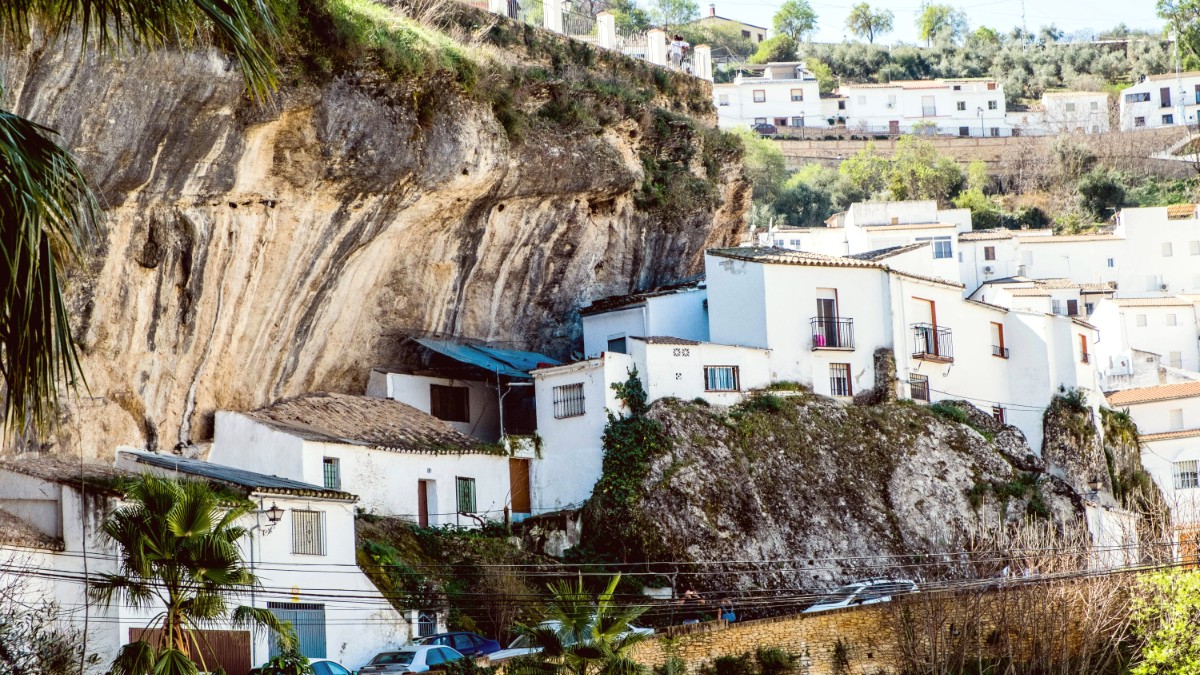
Andalucia, Spain
Marbella's gastronomy is deeply rooted in traditional Andalusian cooking. It benefits from the abundance of fresh seafood from the Mediterranean and fertile agricultural lands. Moorish influences, from centuries of Islamic rule, are subtly woven into the cuisine, appearing in certain spices, cooking techniques, and sweet treats.
The "tapeo" (tapas crawl) is more than just eating; it is a deeply ingrained social custom. People gather in bars, share small dishes, and socialize, often moving from one establishment to another. This embodies the communal and relaxed approach to dining in Spain.
While general Andalusian culinary traits apply, Marbella's cuisine leans heavily into seafood due to its coastal location. This contrasts with the more meat-centric cuisine of inland Andalusian provinces like Cordoba or Granada. Coastal areas boast Pescaíto frito (small fried fish) and grilled seafood, while inland areas favor stews, game, and cured meats.
Meal times in Spain are later than in many other countries. Lunch is typically 2:00 PM - 4:00 PM, dinner from 9:00 PM onwards. Ordering several small dishes to share (tapas) is common. Bread often has a small charge. Spanish dining environments, especially tapas bars, can be lively and loud. This forms part of the atmosphere.
Breakfast (8-11 AM) is a light meal. Lunch (2-4 PM) is the most substantial, often with a Menu del Día. Merienda (5-7 PM) is an afternoon snack. Tapeo with drinks happens before dinner. Dinner (from 9 PM) is a lighter meal.
Fresh sardines skewered on canes and grilled over an open wood fire (often in a sand pit boat), typically found at Chiringuitos (beach restaurants) along the Paseo Marítimo. They are simple, smoky, and delicious.
A true taste of the coast, best enjoyed by the sea.
A cold white garlic and almond soup, served with grapes or melon. It offers a refreshing, creamy texture and is a perfect summer dish.
A unique and cooling culinary experience.
Two popular cold tomato-based soups. Gazpacho is thinner, a refreshing blend of raw vegetables. Salmorejo is thicker and creamier, made with bread, tomato, garlic, and olive oil, often garnished with diced Serrano ham and hard-boiled egg. Find them at most traditional Spanish restaurants.
Essential summer soups, both flavorful and cooling.
Red wine mixed with lemonade or soda water. A popular and refreshing alternative to sangria, often less sweet and more common among locals.
Spanish beer, typically served very cold in small glasses (Cañas). Local brands like Cruzcampo or San Miguel are common.
Marbella has several Michelin-starred restaurants and a wealth of high-end eateries, notably along the Golden Mile and in Puerto Banús. Skina (2 Michelin stars) and El Lago (1 Michelin star) offer innovative cuisine and refined experiences.
Abundant throughout Marbella, these restaurants offer a mix of traditional Spanish, Mediterranean, and international cuisine. Look for charming options in the Old Town, along the Paseo Marítimo, or in San Pedro de Alcántara. They represent quality food in a comfortable setting.
Many local bars offer affordable and delicious tapas. Chiringuitos (beachfront restaurants) are perfect for fresh seafood, Espetos, and casual meals with sea views. Local cafes have inexpensive breakfasts and snacks. While Spain does not have a street food scene comparable to some Asian countries, Espetos cooked outdoors on the beach are a local form of street food.
This municipal market features fresh produce, meats, fish, and some stalls selling prepared foods and local delicacies. It is a good place to experience local life and buy ingredients if you are self-catering.
A spot for fresh, local goods.
Visiting the market makes you connect with the daily rhythms of Marbella, observing locals shop and interact.
A genuine glimpse into local culture.
Due to its international population, Marbella has a wide array of international restaurants.
Options include Italian, Asian (Japanese, Chinese, Thai), Indian, and Middle Eastern.
This variety ensures diverse dining choices for all tastes.
Many hotels can guide you to various international options.
Dedicated Halal or Kosher restaurants are limited in Marbella.
Best to seek vegetarian/vegan options or inquire directly about ingredients and cooking methods.
Always communicate your dietary needs clearly to restaurant staff.
Online forums or specialized apps can assist in finding suitable places.
Do not hesitate to ask if a dish can be prepared without certain ingredients. Chefs and staff are increasingly accustomed to such requests.
Many traditional Spanish desserts contain dairy, eggs, or gluten. Fruit platters are usually a safe and refreshing option.
Several local companies conduct cooking classes focusing on Spanish or Andalusian cuisine. You can learn to prepare dishes like paella, various tapas, or gazpacho.
Opportunities exist to visit local olive oil mills (Almazaras) or vineyards (Bodegas), especially in the Ronda region, for tastings and tours.
Check local calendars for specific food-related events or gastronomic festivals, especially during harvest seasons or summer.
Explore wines from the Ronda region (reds and whites) or the sweet wines of Málaga (like Moscatel). These regional specialties pair well with local cuisine.
Discover unique local vintages.
From the Jerez region, a fortified wine with many varieties, from dry and crisp Fino and Manzanilla to rich and sweet Oloroso or Pedro Ximénez. A versatile drink for various occasions.
A classic Spanish aperitif or digestif.
Confirm opening hours, especially outside of peak tourist seasons, as they vary. In tourist areas, restaurants may open dinner service slightly earlier than local times.
Reservations are often needed for popular restaurants, especially during high season or for larger groups. Check for 'Menu del Día' for value at lunch on weekdays.
Tipping is appreciated but not mandatory. A small amount for good service is customary. Many establishments close for a few hours in the afternoon (siesta).
Engage with local dining habits for a more authentic experience.